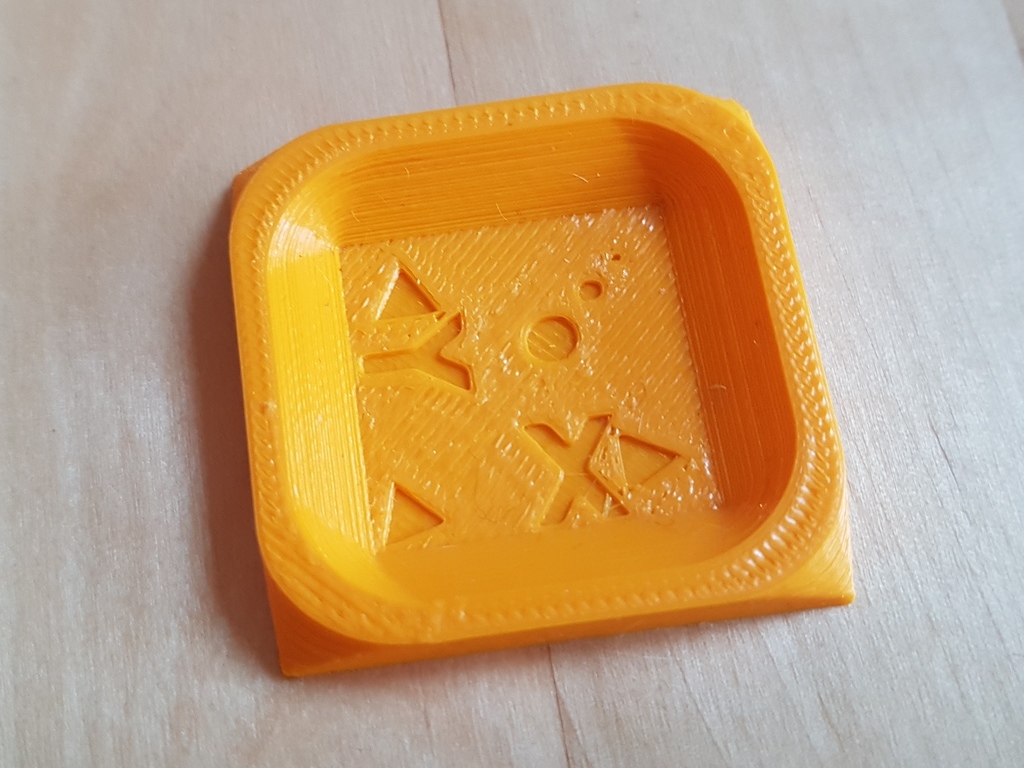
Slack Test
thingiverse
This simple test helps diagnose slack in the x and y axis by revealing deformation through circular holes in the middle. Slack in the horizontal axis is indicated by less smooth transitions between straight lines and arcs at the wall. A small arrow in the bottom left indicates the origin of xy coordinates, helping to determine if both directions are affected equally. Since this is usually not the case, identifying differences in slack is crucial. If belt tension is acceptable, slack is often caused by flexing of the frame or stretching of the belt. Given that tensile modulus remains constant over a wide range, increasing belt tension will not reduce slack but rather increase the frequency of ringing. Higher frequency improves dampening, resulting in better visual appearance of the problem. To achieve less ringing and better accuracy, options include reducing moving parts, enforcing the drive system, or lowering print speed, acceleration, and jerk. Misaligned stacked lines can indicate z wobble with a repeating pattern or slipping parts around randomly. Scaling down the part helps reveal even smaller inaccuracies. For diagnosing ringing, consult my Test Cube to Analyze Ringing on Thingiverse.
With this file you will be able to print Slack Test with your 3D printer. Click on the button and save the file on your computer to work, edit or customize your design. You can also find more 3D designs for printers on Slack Test.
